The Mystery of the White Spot - Pipes from Dunhill
No marque has garnered as much attention over the decades as the Dunhill pipe. Starting in the early 1900s, Dunhill pipes, with their distinctive “White Spot” logo, have been a recognizeable symbol of smoking excellence continuously throughout their long history. The quality of the pipes is well known, but I suspect the major reason for the wide interest amongst more recent collectors is the simple fact that Dunhill, unlike most pipe makers, have, from the very early days, provided stamped coding that allows accurate dating of the individual pipe.
At some point, I'll add some more details about the date codes, but for now, enjoy the photos!
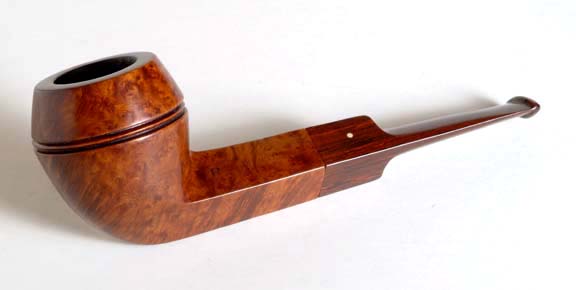
Shape #48 saddle bulldog in Root finish. This pipe is from 1940, and sports the “Bowling Ball” stem. Not only do the Roots of this year have this stem material, similar to the later “Cumberland” stem, but the colour of the pipe itself was somewhat different from Roots of other eras. This is a particularly nice example of both the shape and the finish.
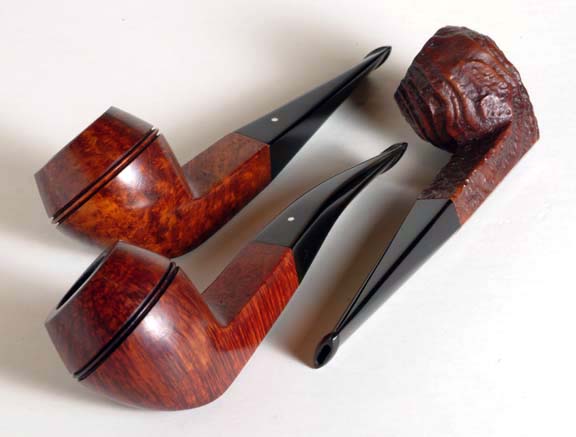
Root #47 from 1956(top) [in my opinion the quintessential straight bulldog cut] 1958 Bruyere #146 (bottom) and 1967 Tanshell #47 (right). The #146 is one of the rarest Dunhill shapes I've encountered, and look at that grain! I've only seen one other in this shape, a Gr. 3 Shell, that I could not pry from its owners hands. The Tanshell is a Gr. 3 piece. All others are Gr.4.
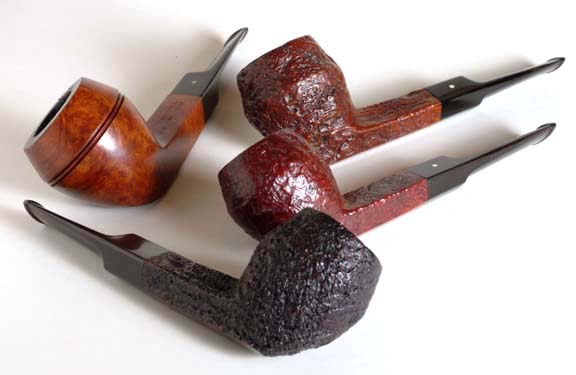
Four examples of the OX shape. (Clockwise from left) 1960 Root, 1956 Tanshell, 1972 Redbark, 1957 Shell. The Redbark is from the first year this finish was offered, and is my most recent acquisition. A lovely smoker!
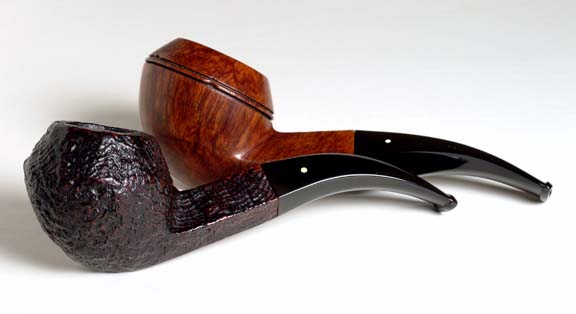
Two examples of the P shape, the classic bent bulldog. The Root is a DRA from 1940. The Shell is from the 20s (stampings are weak), and is the most beautifully cut bent bulldog I've ever owned.
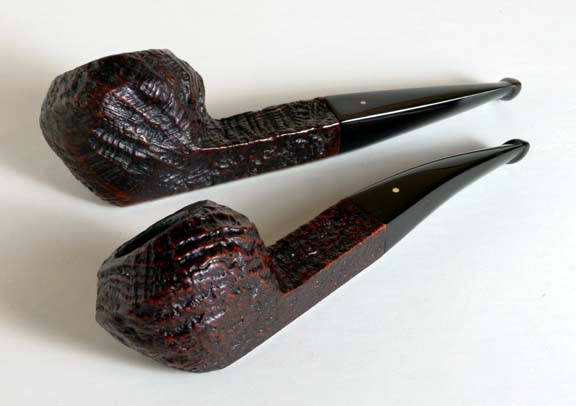
Two very early examples. The top piece is from 1918, and carries the #24 stamp, which was the size of the “Inner Tube,” not the shape. This pipe would later be referred to as the “O” in the catalogue. The bottom pipe is a 1925 PO shape in exquisite condition.
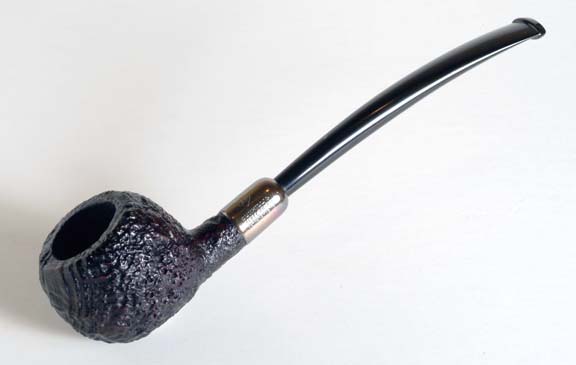
This is an exceptional example of an early army mount prince from the 1930s. It carries a patent no. 119708/17 on the silver ferule, but no additional date code. The registration numer is still legible on the bottom of the stem, as well. This pipe is as close to pristine as I've seen from this era, and is a prized part of my collection.
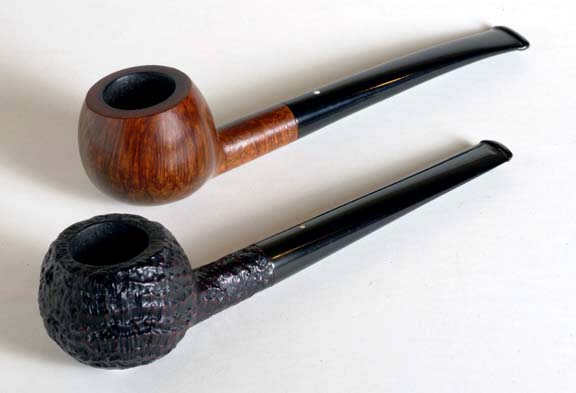
The top pipe is a probably a 1959, but the stamping is interesting. Originally stamped “DRC”, the pipe was re-stamped later with EXEX over the “DRC” designation, and later “Made in England” stamps. The original is still visible underneath. I suspect this was a replacement pipe, an exchange for another Root, and the DRC was just what was in stock at the time. The grain is clearly that of the higher grade. The bottom piece is an example of the FET shape from 1924. Its previous owner put a small hole in the bottom of the bit, but the rest of the pipe, including the stamping, is as sharp as the day it was made, and it smokes wonderfully!
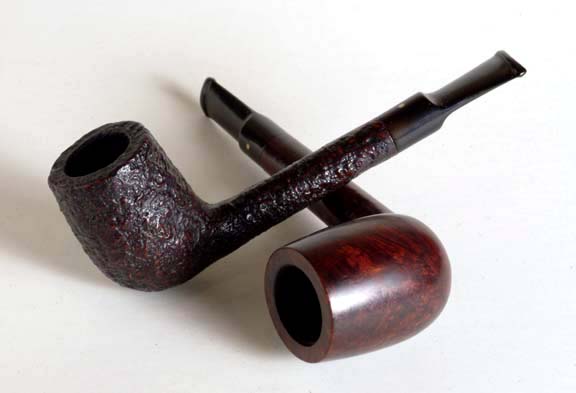
A pair of lovely lovats, #40, one of my favourite shapes. The shell is from 1940, pat. no. 417574/34, and the Bruyere appears to be from 1931, pat. no. 1343253/20, underlined 11.

A 1937 Shell LB, showing beautiful ring grain, and a lovely patina. The hammered silver band is not original. When I got the pipe, there was a hairline crack forming at the end of the shank, so I installed the band. While I'd prefer it not to have the crack, I think the effect of the band is very nice on this piece, going well with the craggy blast.
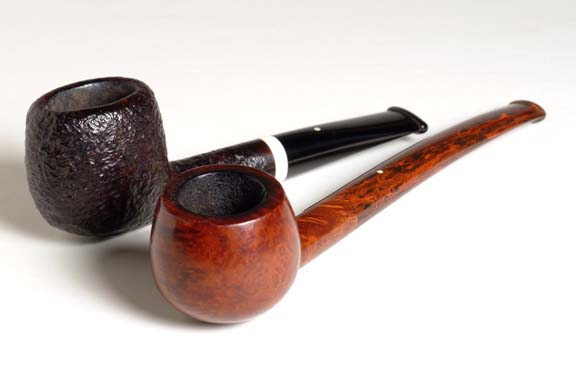
An “Opera,” or vest pocket pipe stamped 41 ED from 1976, and a 1939 Root prince, shape 314, in Group 3.
